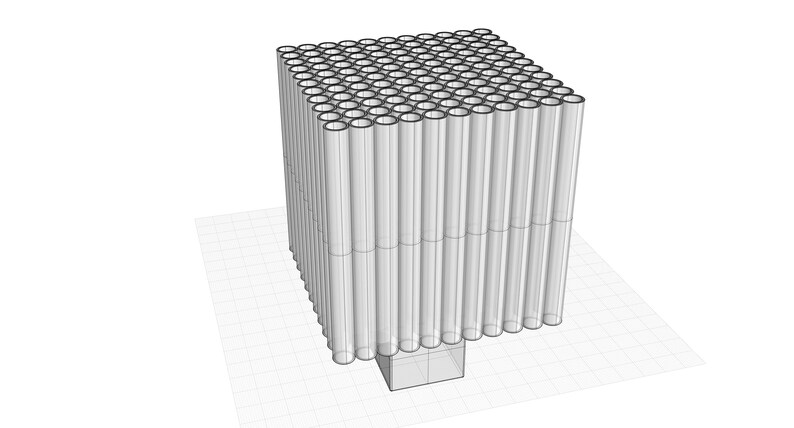With every sphere in those stacks the transfer efficiency is horribly decreased. There is next to no surface area touching between each ball meaning after only a few cm, or heck, right there at the point that grouping meets the base barely any heat is being transferred.
Why offer a steel version? Are they unaware of how inefficient steel is at conducting heat?
Why 3D print the bases instead of just molding or milling it? Looks like the design would be far easier to mold or mill from stock than to spend the many more hours and expensive resources like filament and electricity 3D printing it. That's not going to add any sort of performance or structural benefit.
It's just a flashy design trying to be sold by looks (and wow, it costs so much upfront, so very Apple of us) without any real engineering thought put into it. I'd be surprised if it works any better than older intel stock coolers with the fan removed. Much less anyone actually getting one with how prototype it looks right now.



